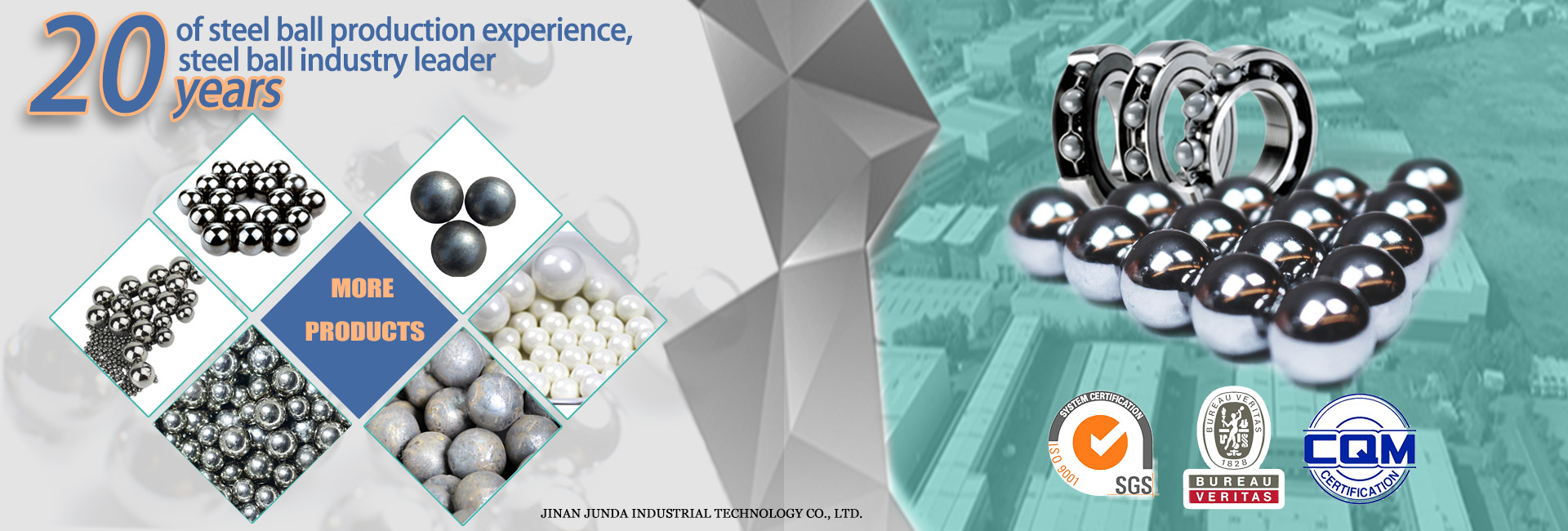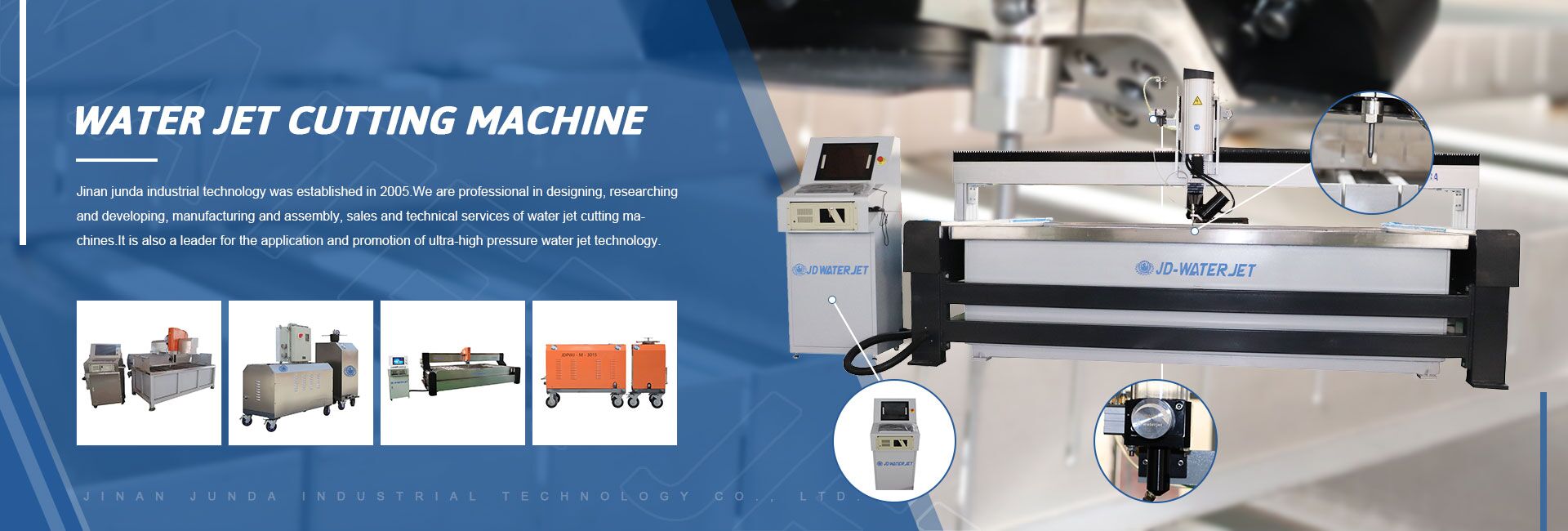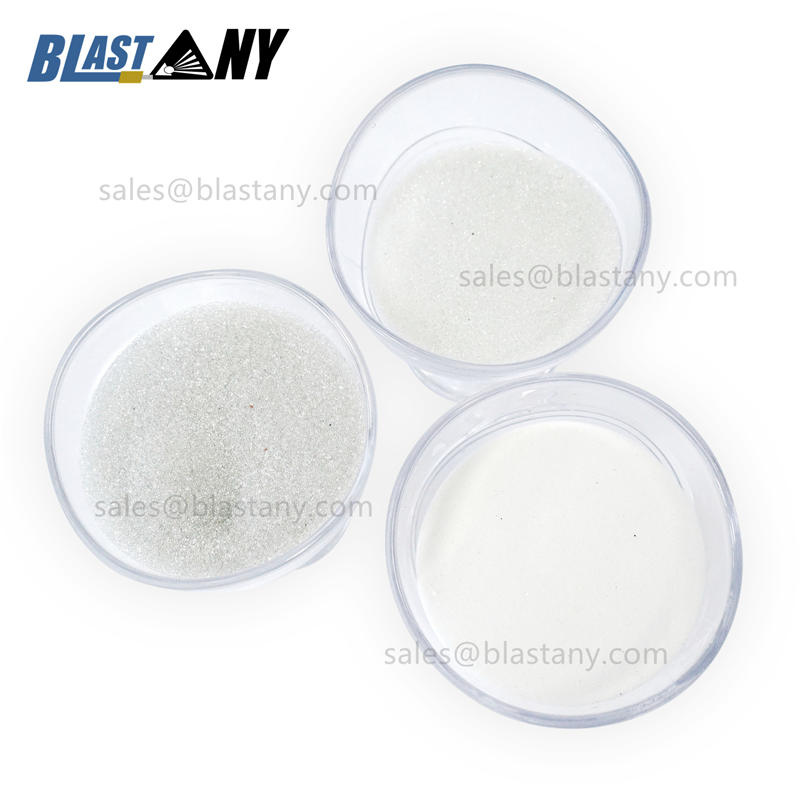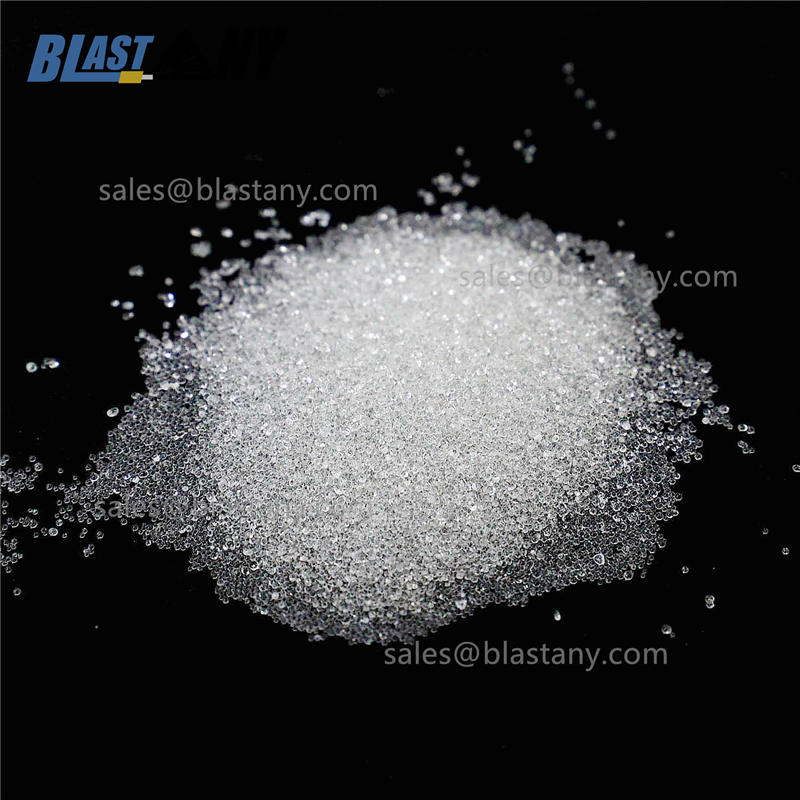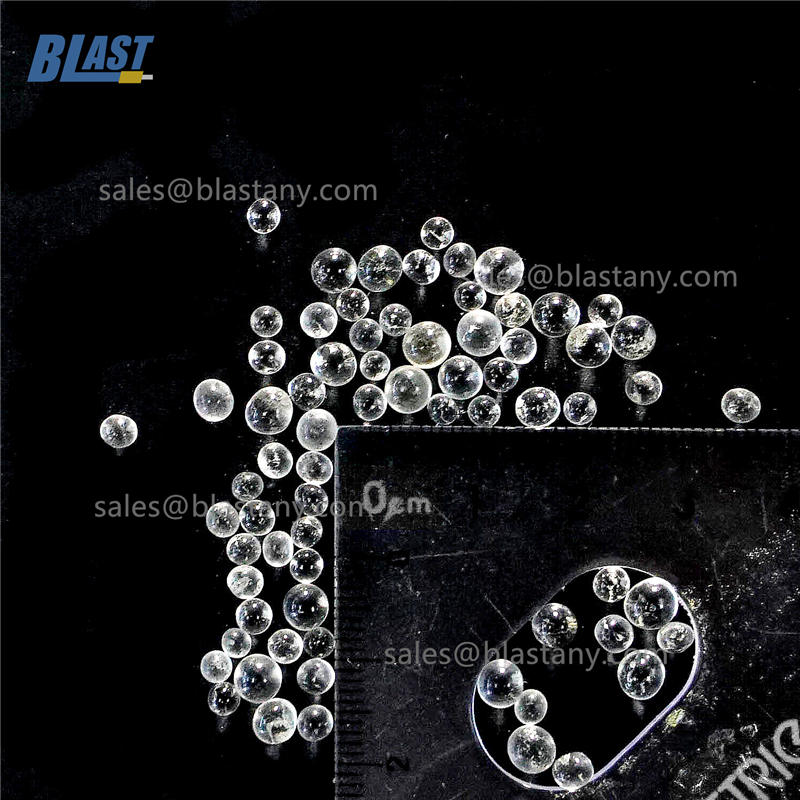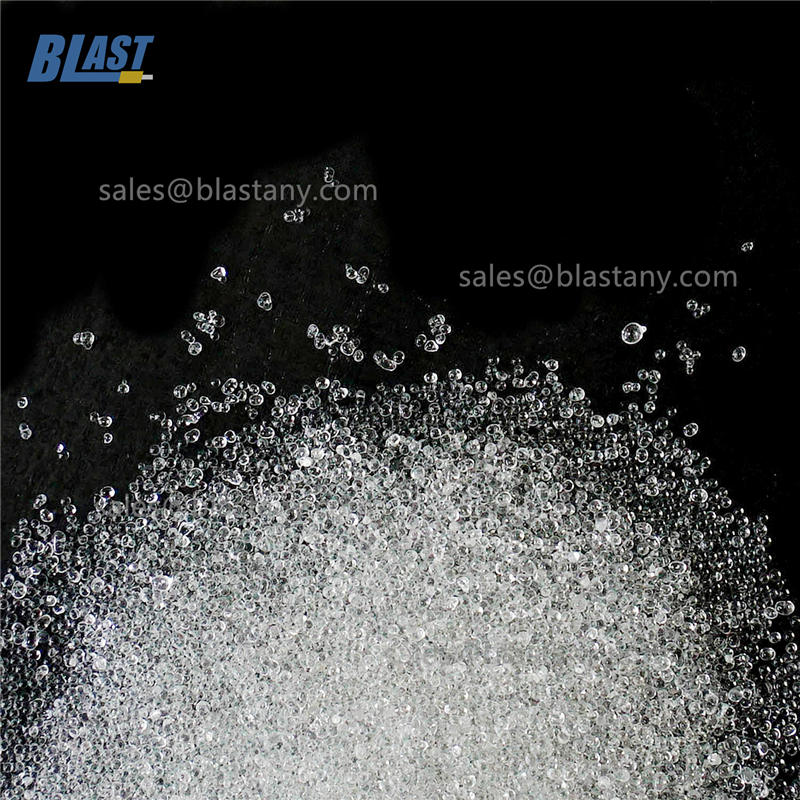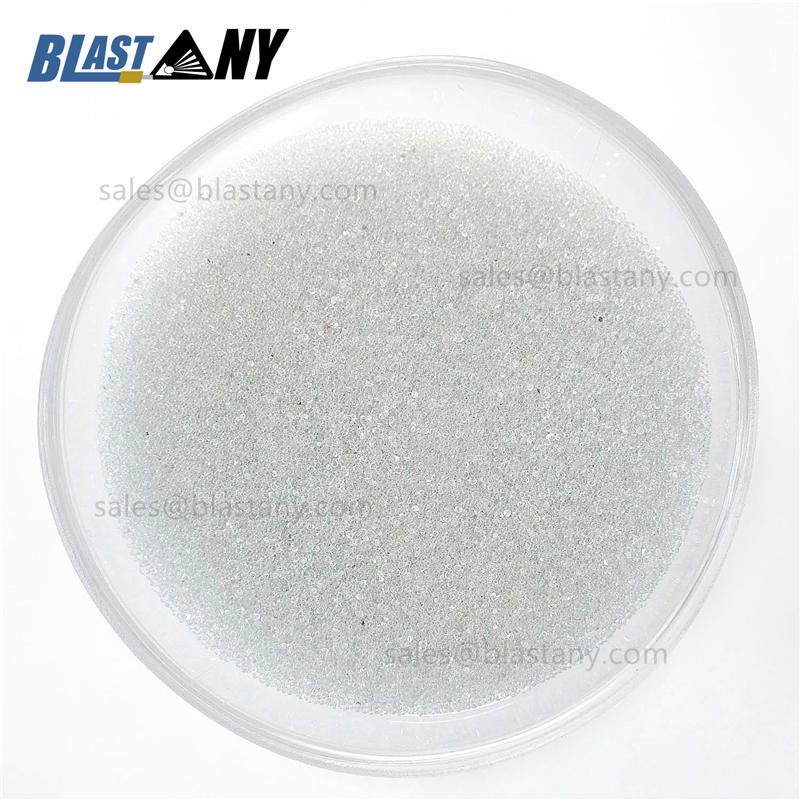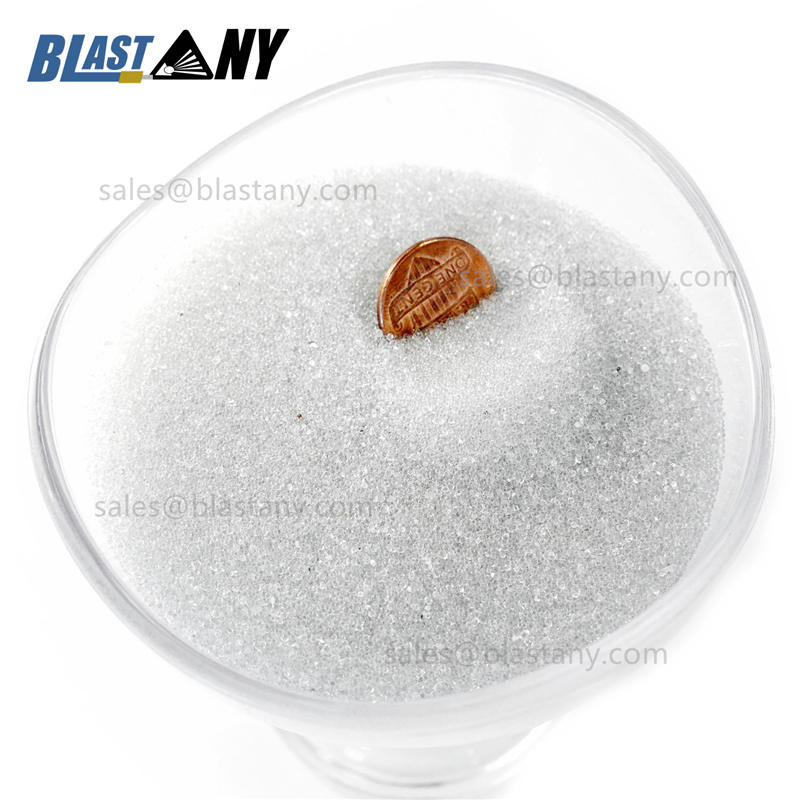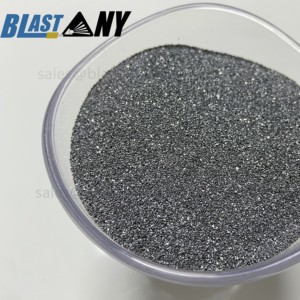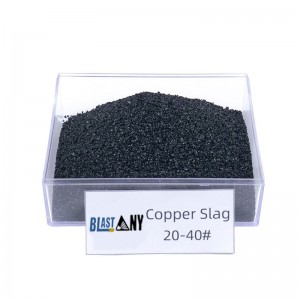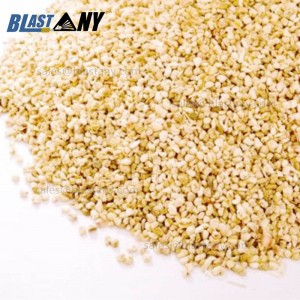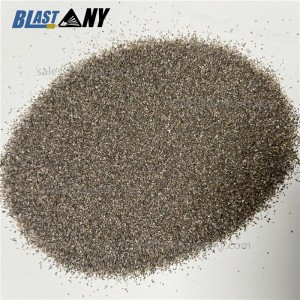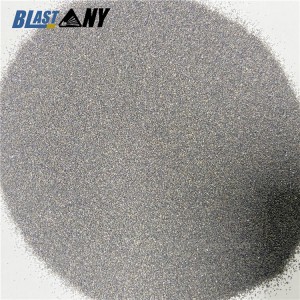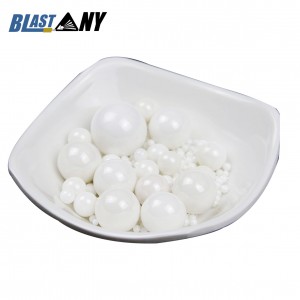Glass beads with refractive indexes of 1.9 and 2.2
Sandblasting Glass Beads
Junda glass bead is a type of abrasive blasting for surface finishing, specifically to prepare metals by smoothing them. Bead blasting provides superior surface cleaning to remove paint, rust and other coatings.
The glass bead blasting process is environment-friendly and chemical-free and can be used to detect weld and solder flaws. Advantages of using glass bead blasting include:
● A large variety of grades available for different jobs and profiles.
● Does not interfere with coatings as it isn't reactive.
● It leaves no residue or embedded contaminants, and also does not cause any dimensional surface change.
● Improved corrosion resistance and the ability to smooth away surface flaws.
● No detectable crystalline silica.
How it works?
Junda Glass bead blasting essentially applies fine glass beads of various sizes at varying degrees of pressure. Smaller glass spheres result in a smoother surface while larger spheres produce a more textured finish.
Glass beads do not remove any of the base metal or imbed the surface. It will produce a better, more uniform finish while also adding sheen or brightness to the part.
It has a variety of applications, including:
● Finishing: Can be used on a wide range of materials, including metals, glass, plastic and rubber.
● Cleaning: Without causing a dimensional surface change, glass bead blasting removes/cleans foreign substances.
● Deburring: In order to assemble and operate parts, corners and edges may need to be deburred. Glass bead blasting can remove burrs and feathered edges while ensuring no base metal from the surface is removed.
● Peening: Peening extends the life of metal parts by combating stress cracks and corrosion.
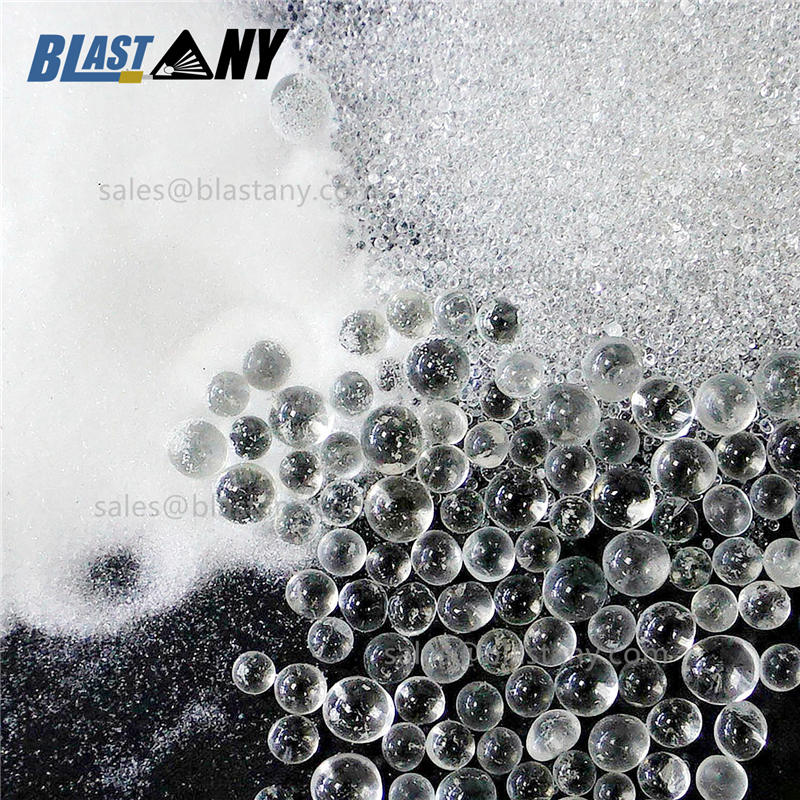
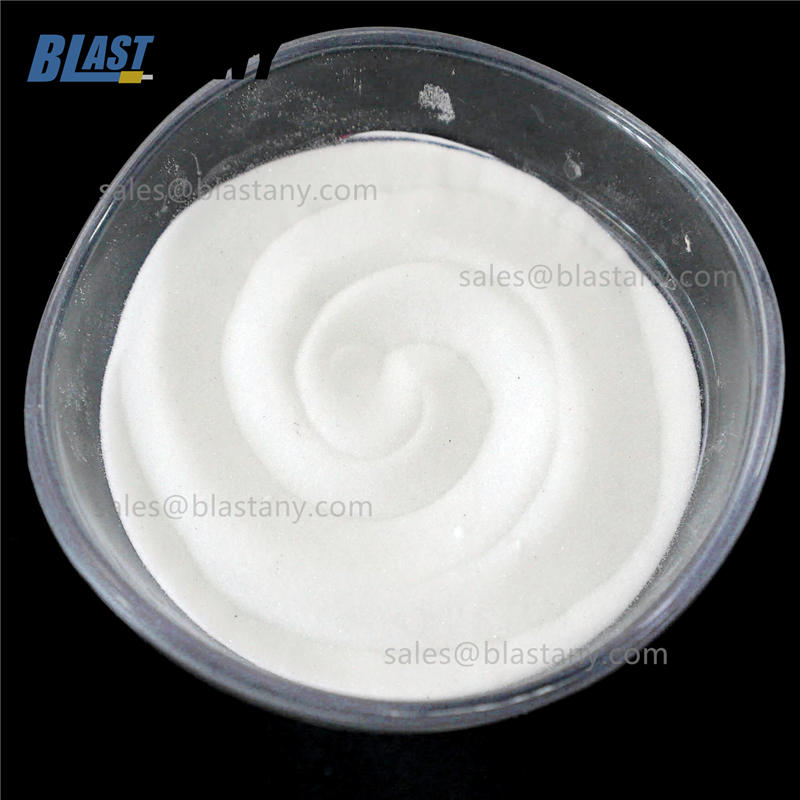
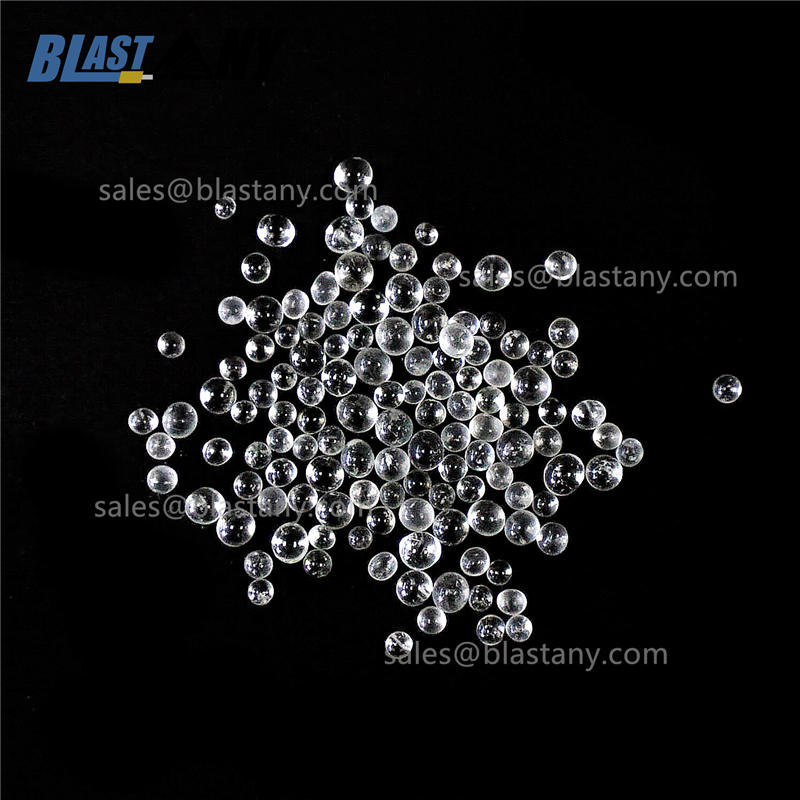
Glass beads for marking road surfaces
Junda Road marking glass bead is made from glass sand, waste glass as raw material, after high temperature melting and formed a small glass beads, under the microscope as spherical colorless transparent, diameter between 75 microns to 1400 microns, currently in the main production of road reflective glass beads process is flame floating method.
Junda Road marking glass beads are mainly used in normal temperature type, hot melt type road marking coating, one as premixed material, can ensure the marking in the life period of reflection, one in the marking construction surface spread, can play a reflective effect.
Glass beads is used as a kind of high performance, organic material to outside the glass beads, making glass beads weakened phenomenon of surface adsorption of dust in the air, as a result of the glass beads containing specific coupling agent, improved the beads and the cohesive force of coating can prevent some tiny glass beads to the coating, because of its flotability function, when using floating on the surface coating, It has a large surface area, can increase the utilization rate of more than 30%, now reflective glass beads have become an irreplaceable reflective material in road safety products.
We can provide glass beads with different refractive index of 1.53, 1.72, 1.93 and so on,We can also provide glass beads of various national standards, or according to the size distribution provided by customers.
We provide the following standard glass beads
Chinese Standard: GB / T 24722 - 2009 No.1, 2, 3
Korea Standard: KSL 2521 No.1 and 2
British Standard: BS6088 Class A and B
American Standard: AASHTO M247 type 1 and type 2
European standard : EN1423 and EN1424
Turkish Standard: TS EN1423
New Zealand Standard: NZS2009: 2002
Taiwan Standard: CNS
Japanese standard: JIS R3301
Australian Standard Australian Standard : A, B, C, D
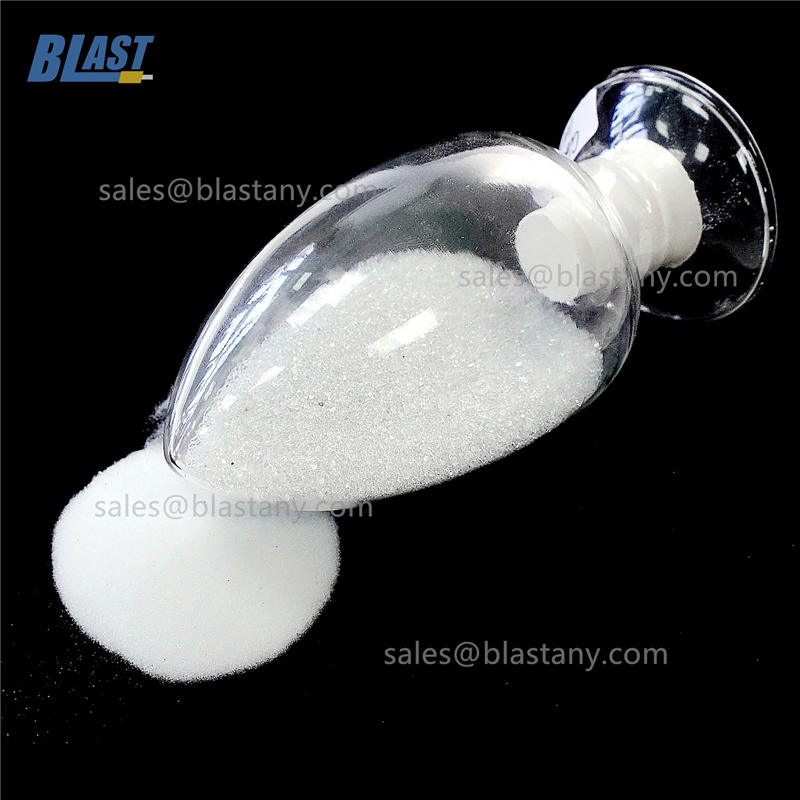
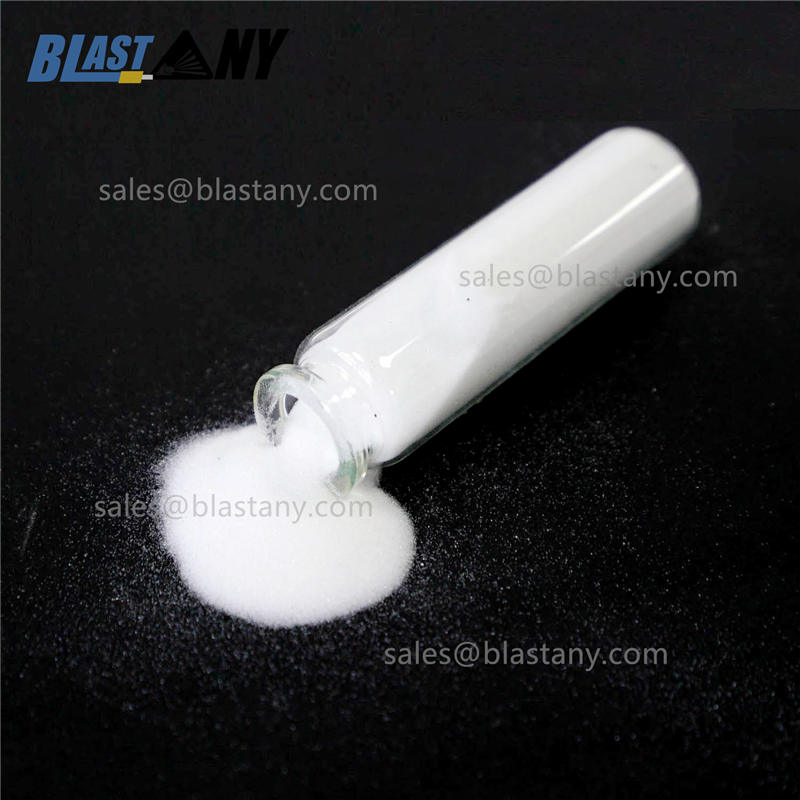
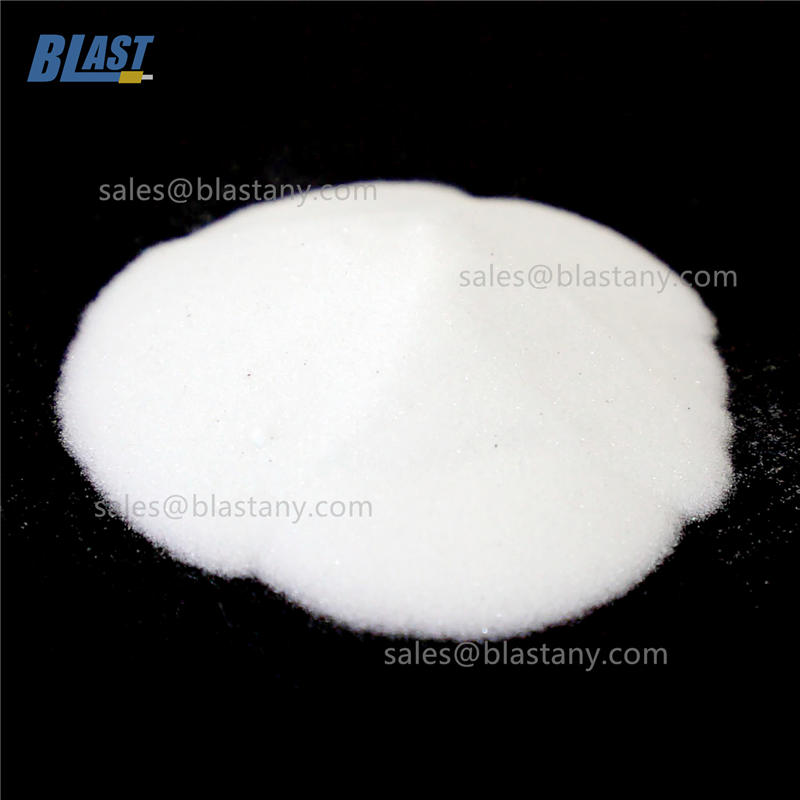
Grinding Glass Beads
Junda Grinding glass bead is a kind of glass bead with uniform size, smooth surface, high hardness and good chemical stability. Grinding beads are generally glass beads with a particle size greater than 1mm. They are colorless and transparent in appearance and are a clean sphere. It is widely used in dye, paint, ink, chemical industry and other dispersing agent, grinding medium and filling materials.
We can provide 0.8 1.2, 1.0, 1.5, 1.5, 2.0, 2.0, 2.5, 2.5, 3.0, 3.0, 3.5 mm size of these a few.
Also according to customer requirements.
Application
1. Bead strike aviation parts, eliminate its stress, to enhance fatigue strength, and reduce friction and wear;
2. Anodic treatment and electroplating before processing, in addition to cleaning can increase adhesion;
3. Stainless steel workpiece welding pass cleaning and surface scratch removal and other aesthetic processing;
4. Cleaning and derusting of the wire cutting mould;
5. Rubber mold descaling;
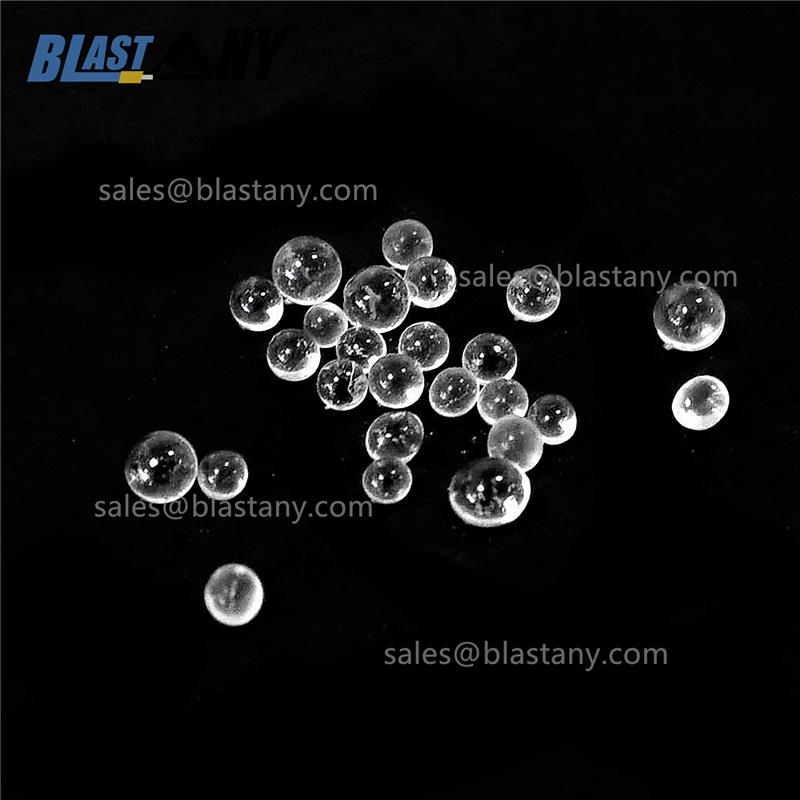
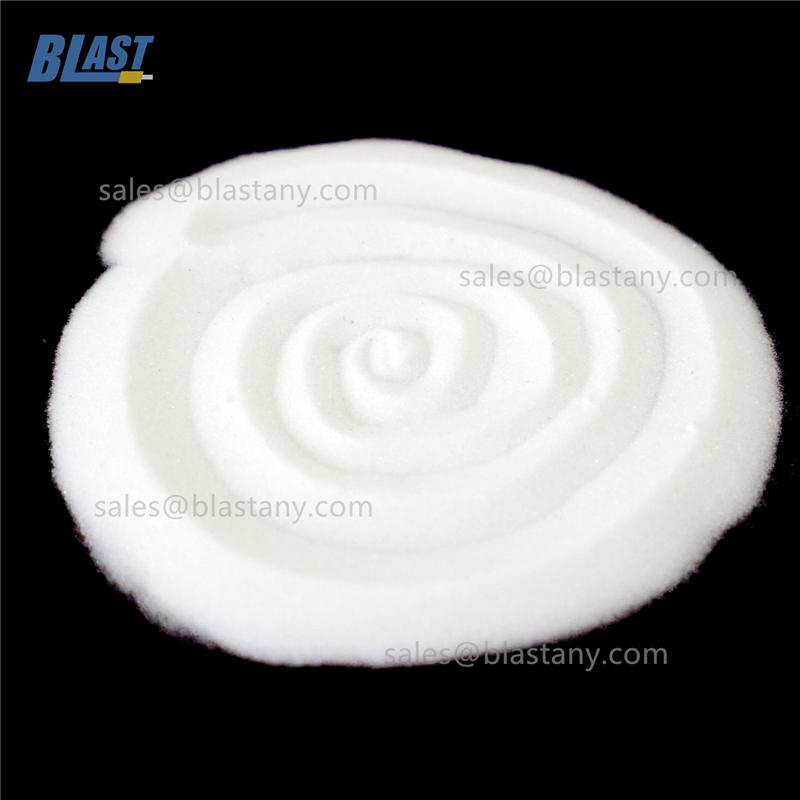
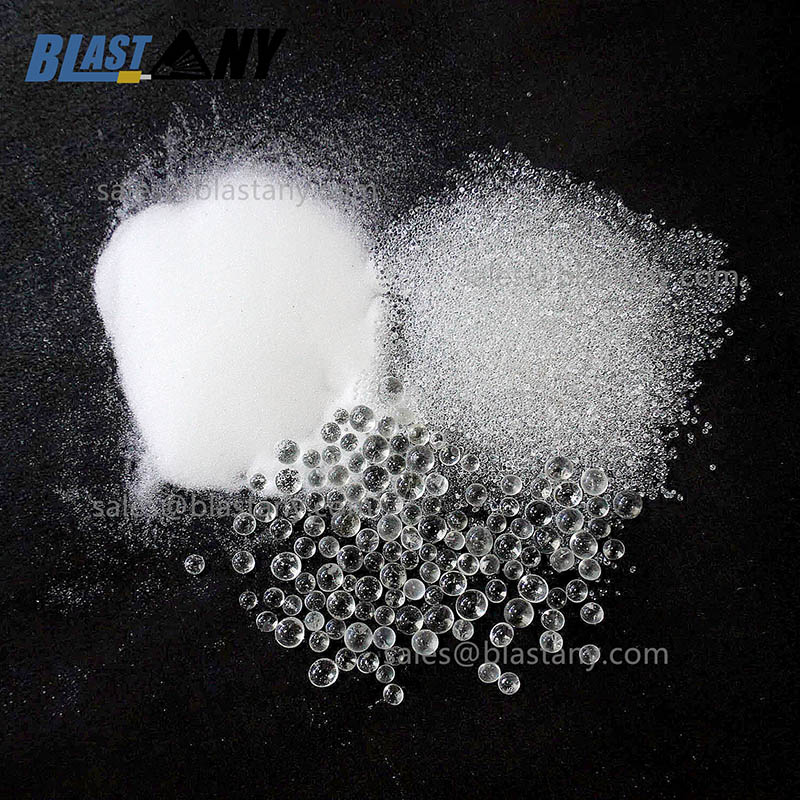
Technical Parameters
| Project | Quality | |
| Chemical composition% | SiO2 | >72% |
| CaO | >8% | |
| Na2O | <14% | |
| MgO | >2.5% | |
| Al2O3 | 0.5-2.0% | |
| Fe2O3 | 0.15% | |
| Others | 2.0% | |
| Refractive Index | Nd≥1.5% | |
| Density | 2.4-2.6g/cm3 | |
| Size distribution | Oversize ≤5% under size ≤10% | |
| Wire diameter | 0.03-0.4mm | |
| Durability | 3-5 % | |
| Hardness | 6-7 MOHS; 46HRC | |
| Microhardness | ≥650kg/cm3 | |
| Circularity | Round rate of ≥85% | |
| Appearance | colorless ,glass transparent without impurities,Round and smooth | |
| Application | 1.Grinding 2.Road marking paint 3.Sand blasting | |
| Lead Content | No lead content, reach American 16CFR 1303 Lead content standard | |
| Harmful substances content | Lower than American 16CFR 1500 standard | |
| Flammable fire test | Not easy combustion, reach American 16CFR 1500.44 standard | |
| Soluble heavy metal content | Metal content of soluble matter ratio solid weight rate no more than ASTM F963 corresponding value | |
| Package | ||
| Type | Mesh | Micronsm Max(μm) | Microns Min(μm) |
| 30# | 20-40 | 850 | 425 |
| 40# | 30-40 | 600 | 425 |
| 60# | 40-60 | 425 | 300 |
| 80# | 60-100 | 300 | 150 |
| 100# | 70-140 | 212 | 106 |
| 120# | 100-140 | 150 | 106 |
| 150# | 100-200 | 150 | 75 |
| 180# | 140-200 | 106 | 75 |
| 220# | 140-270 | 106 | 53 |
| 280# | 200-325 | 75 | 45 |
| 320# | >325 | 45 | 25 |
Products categories



